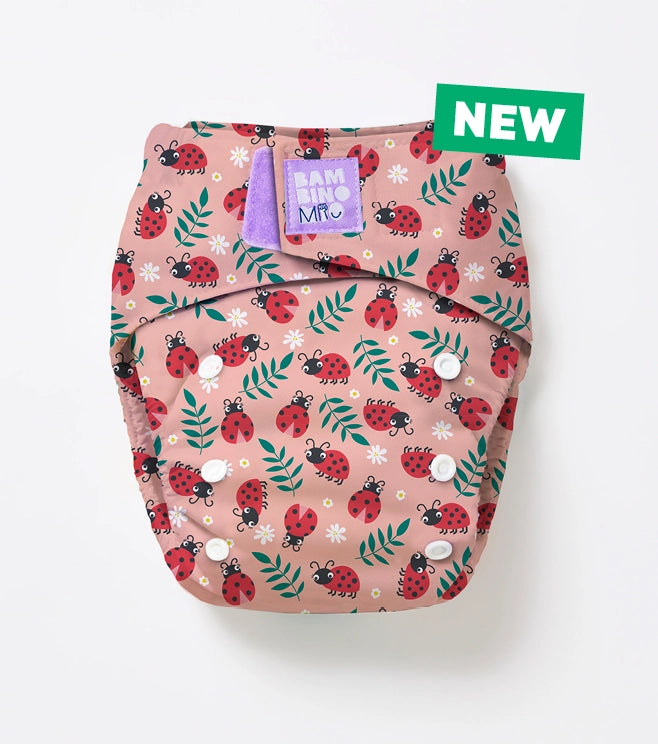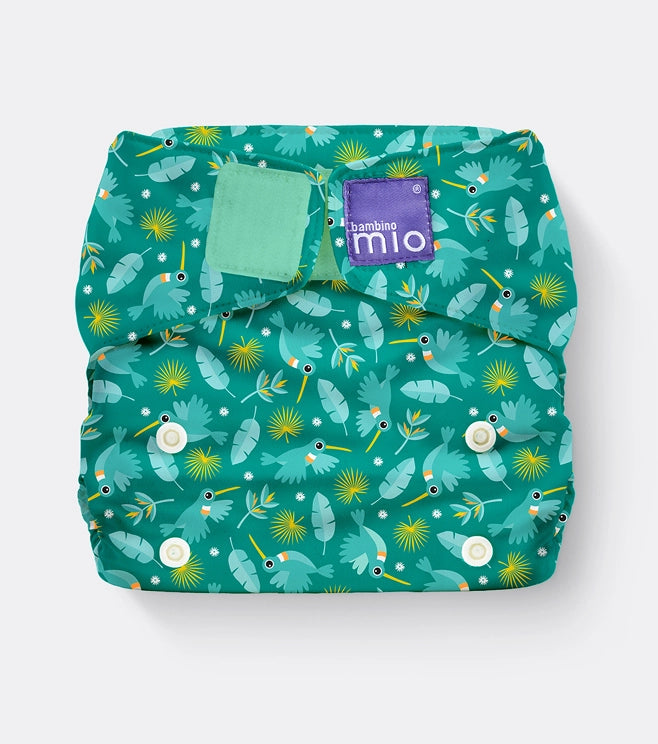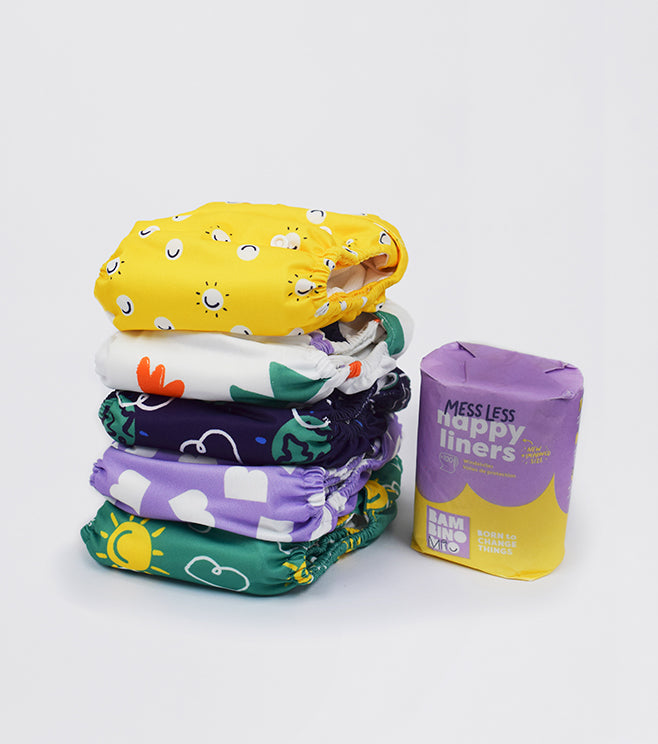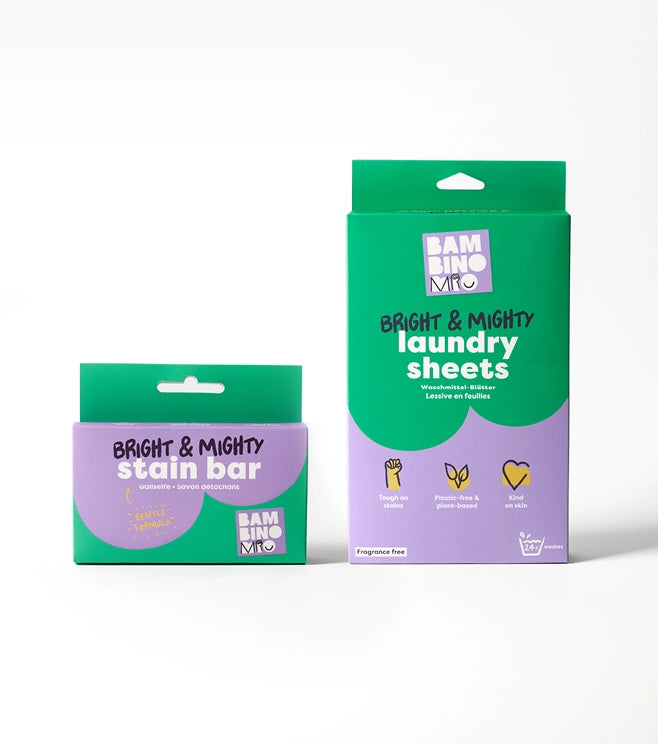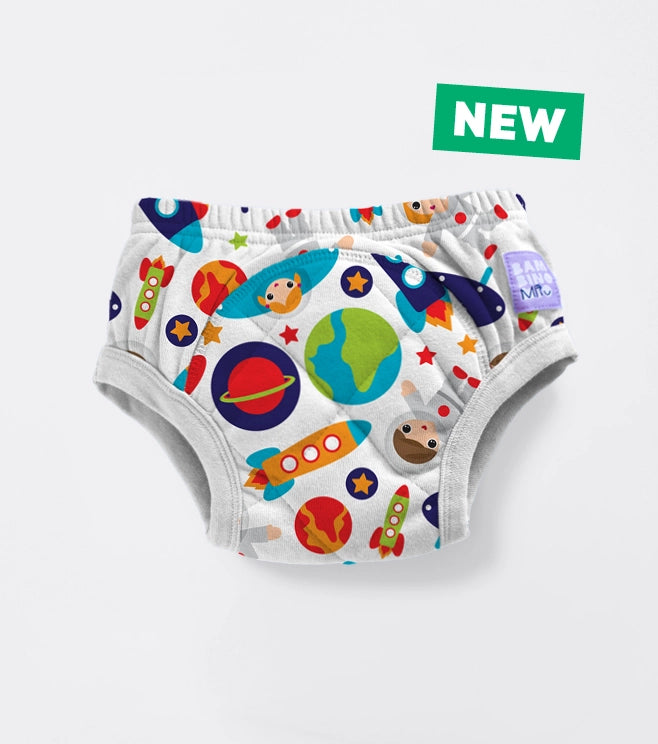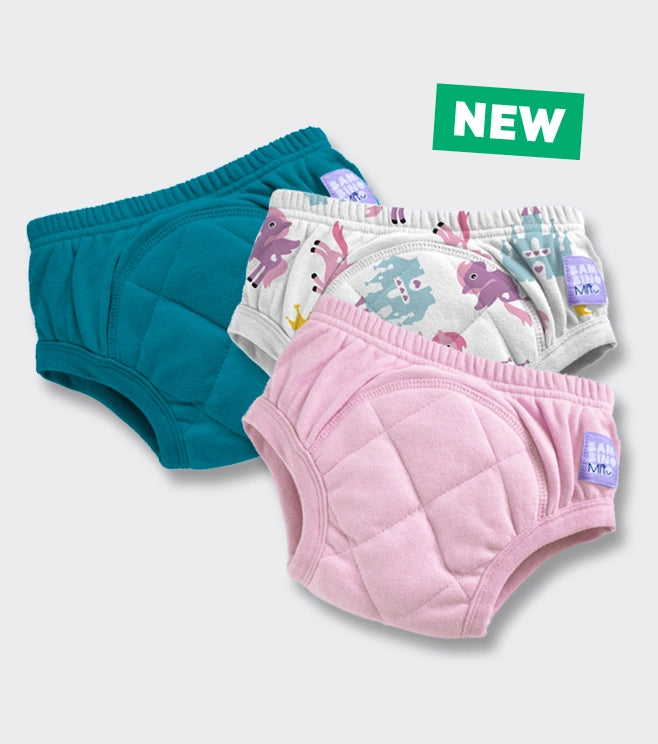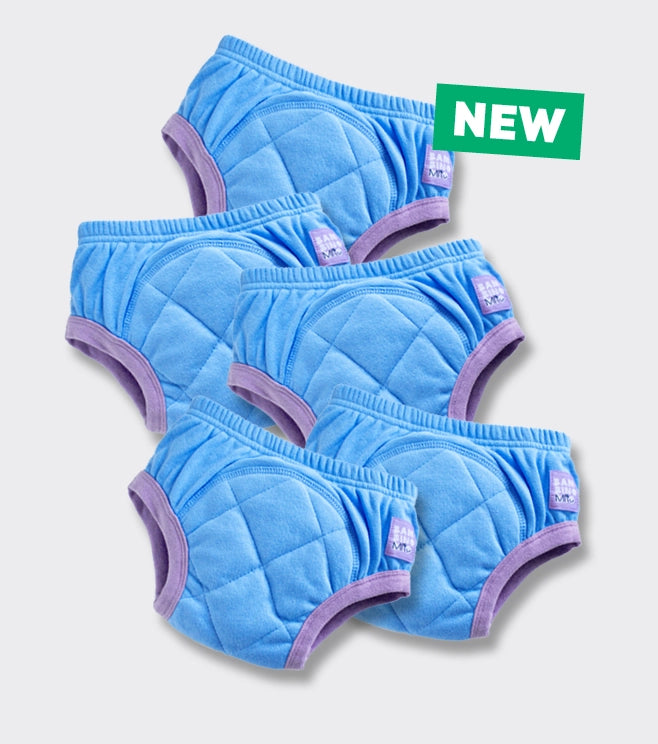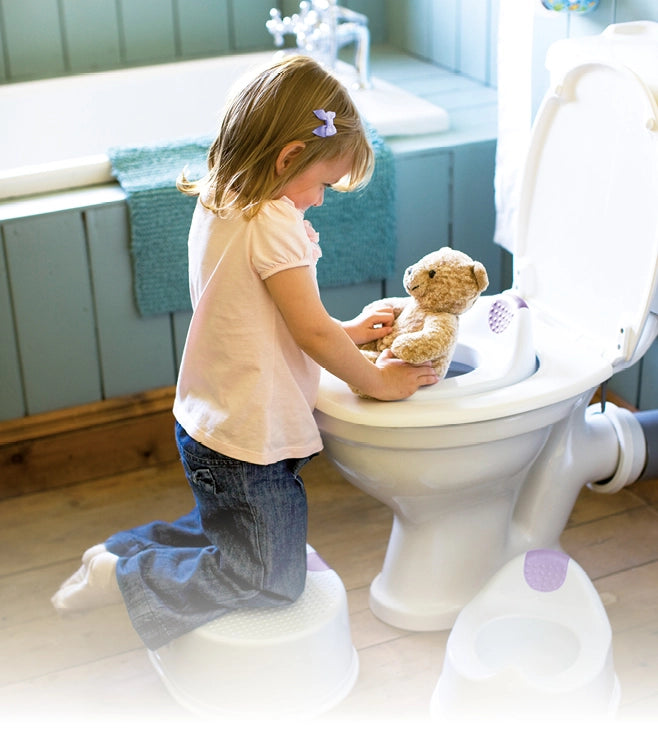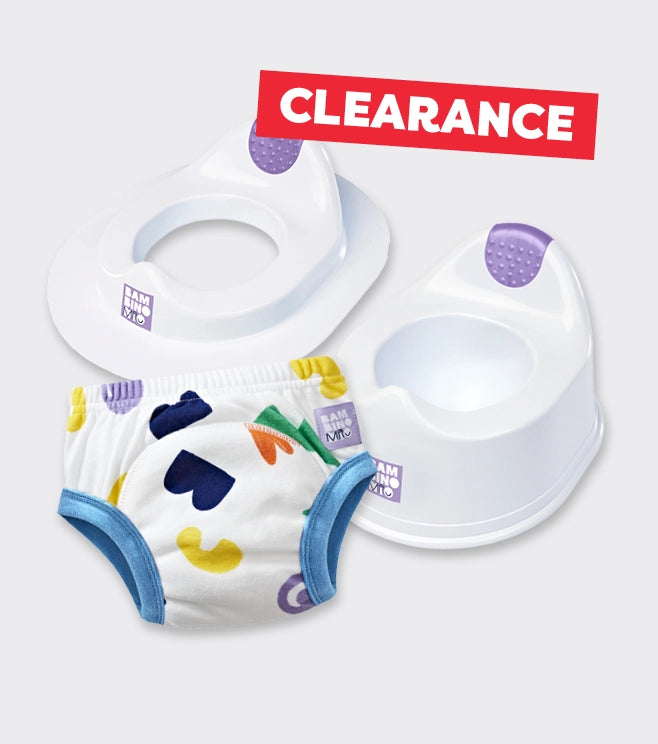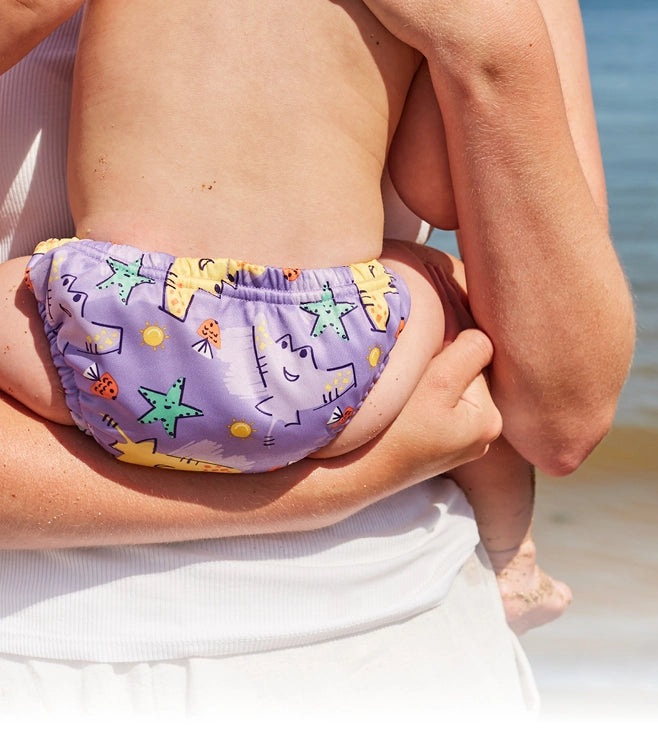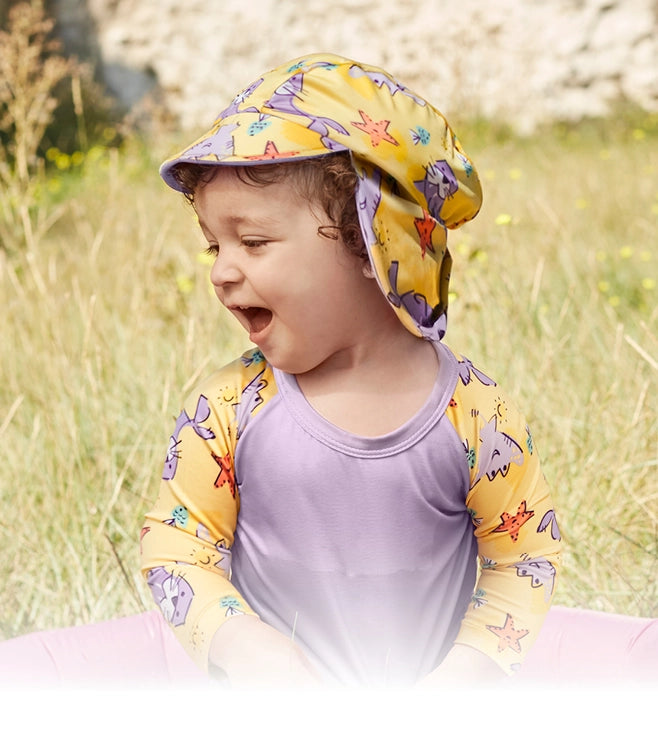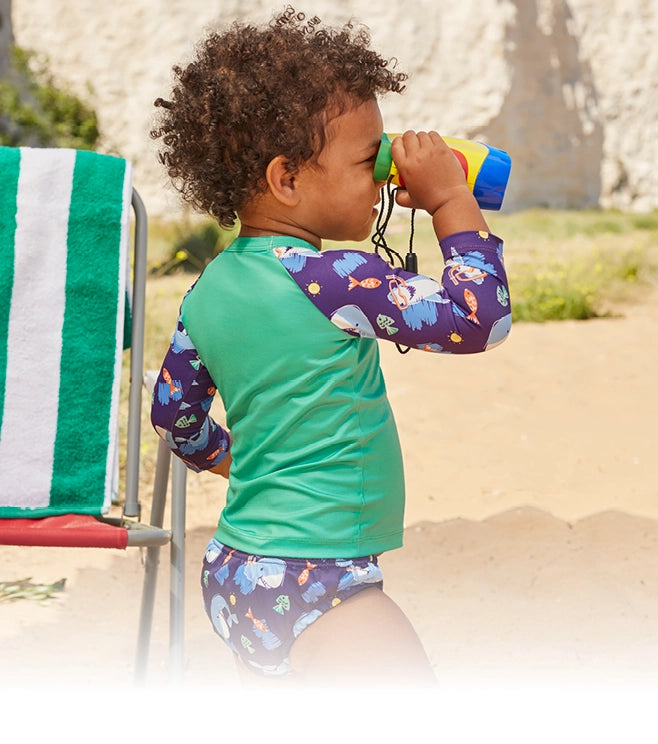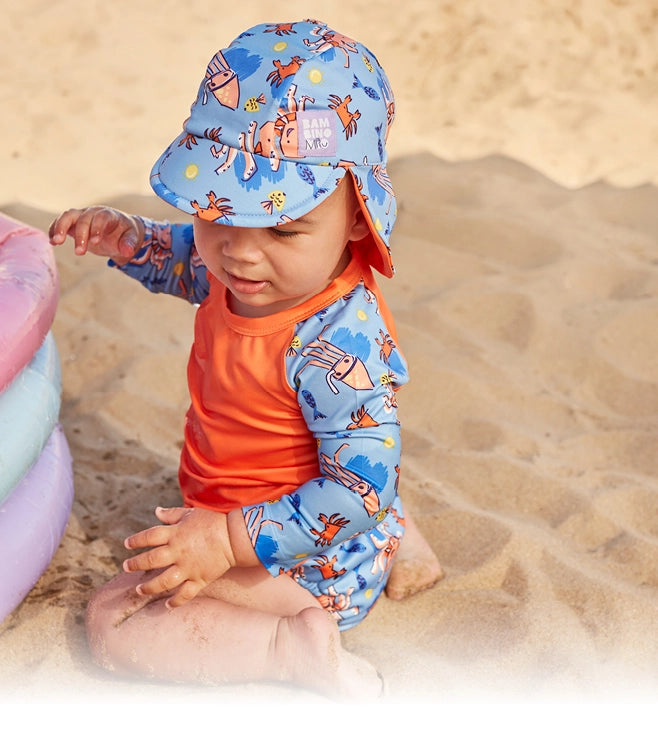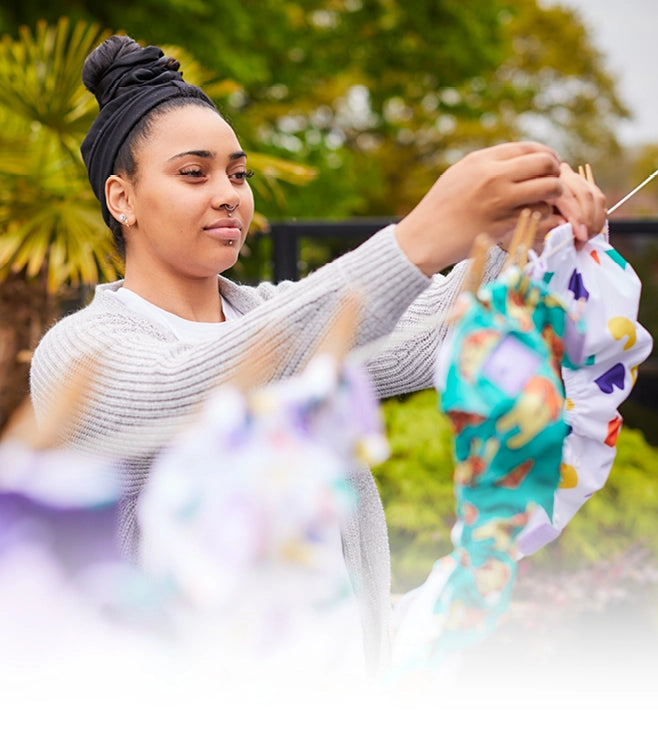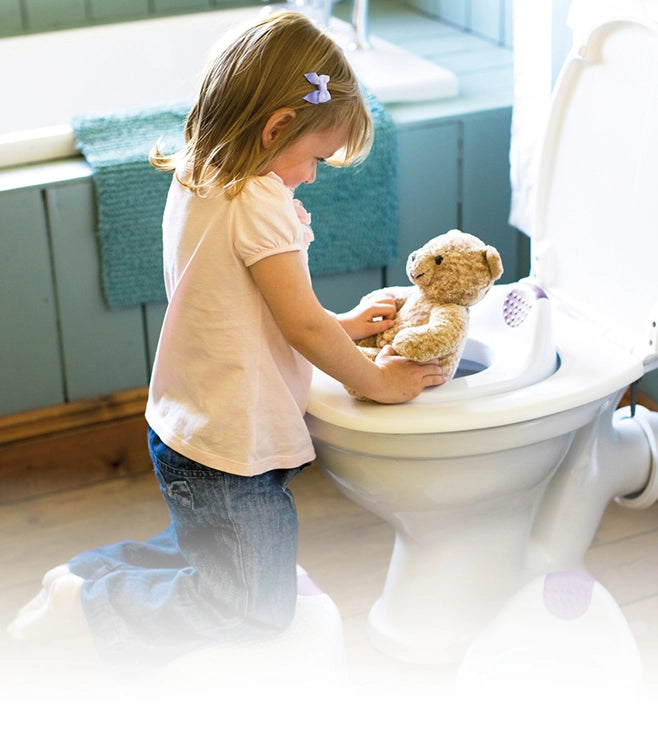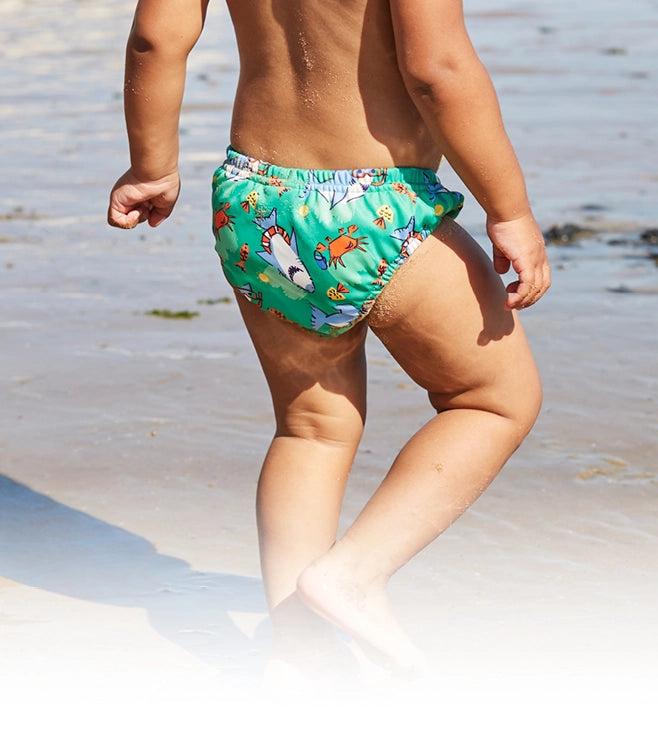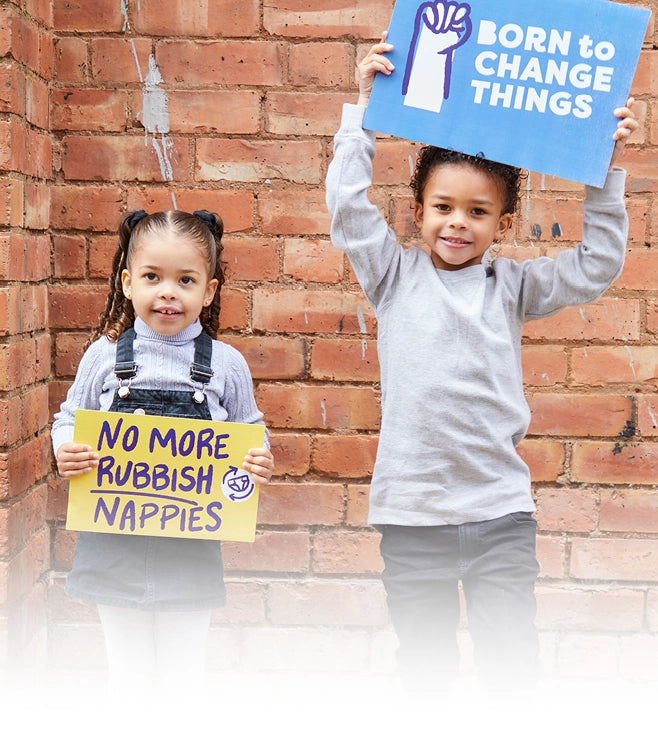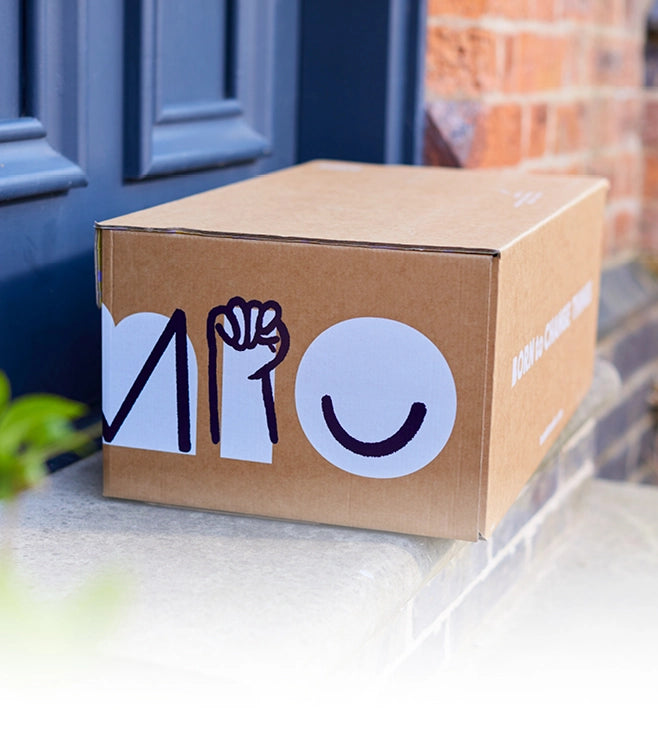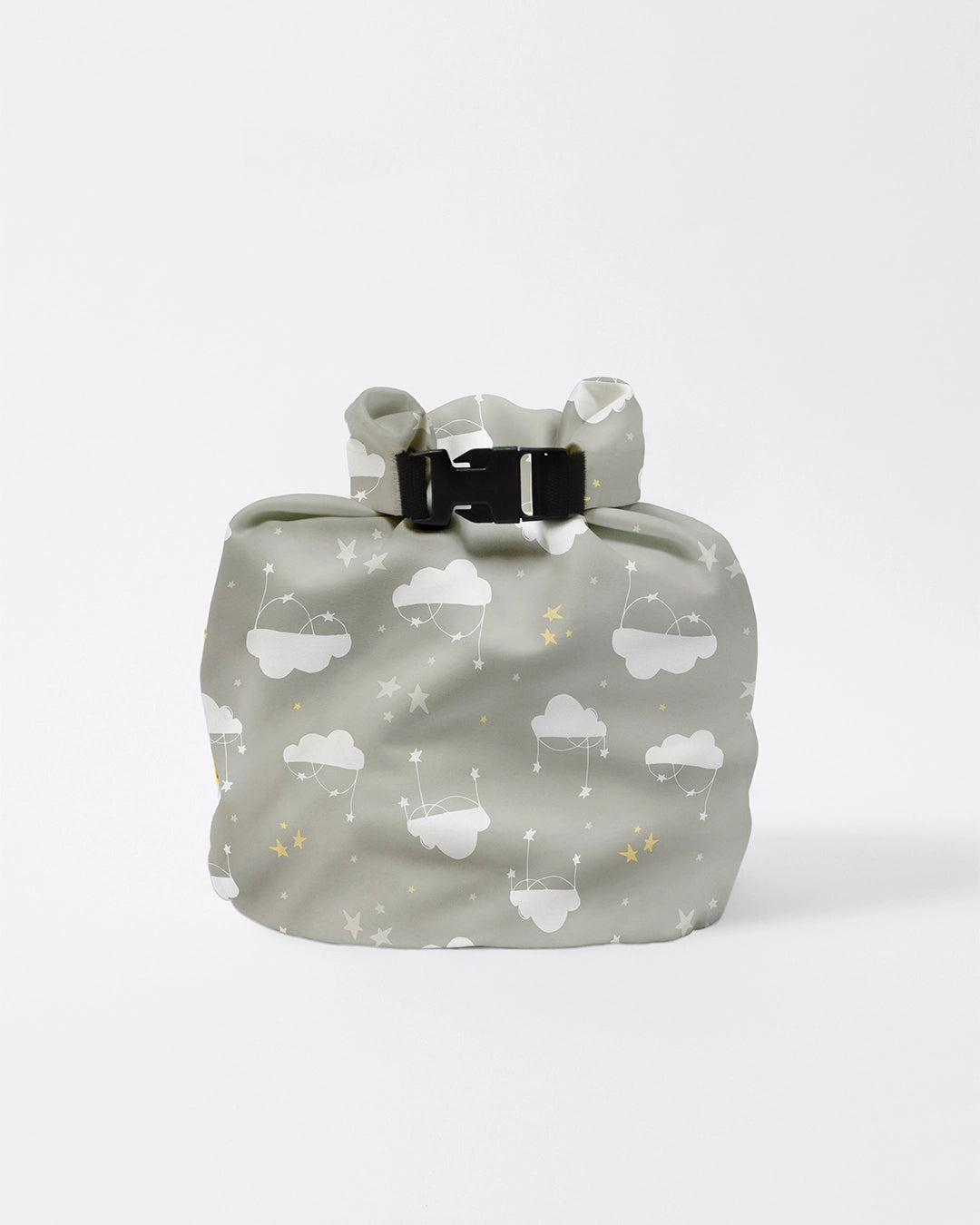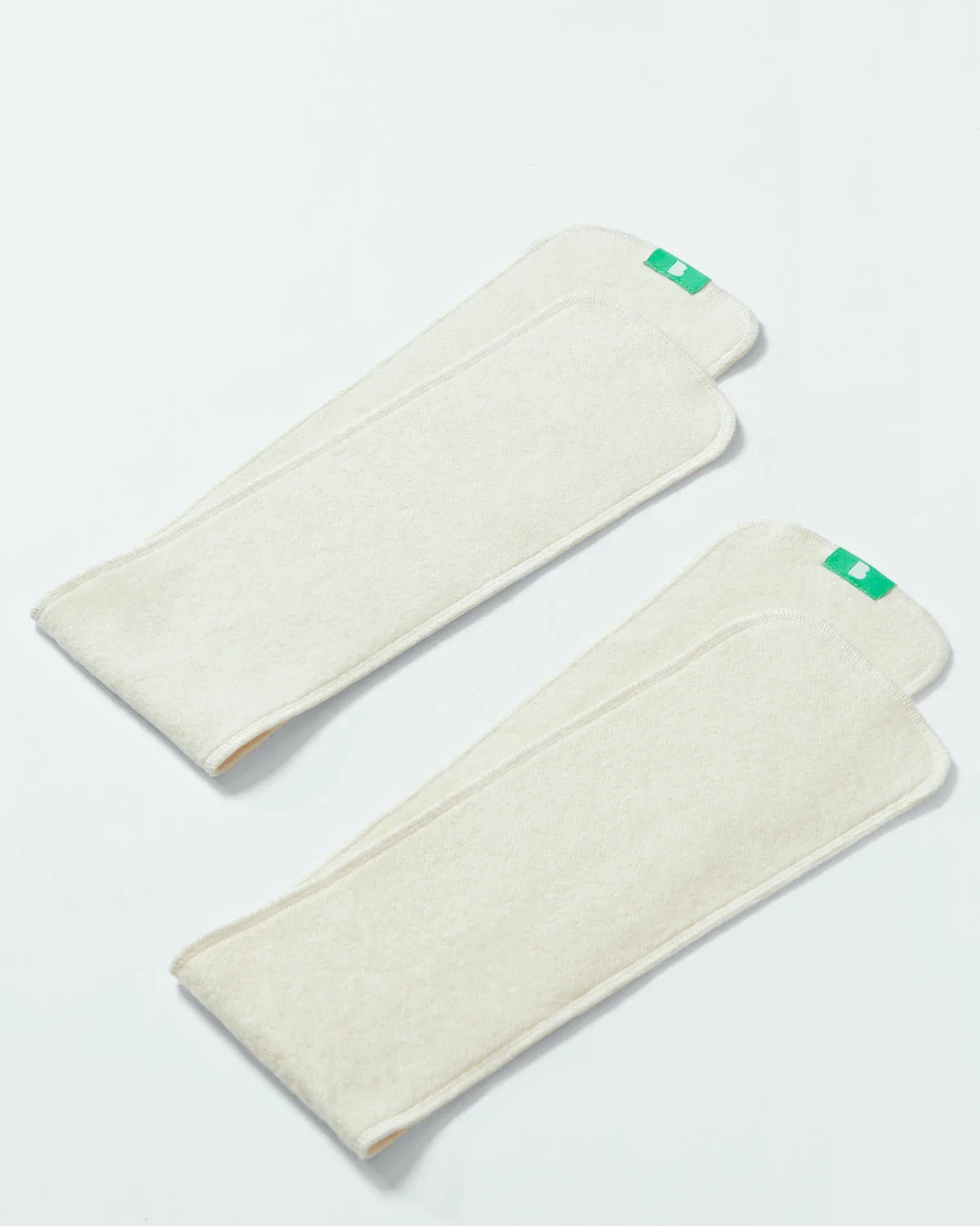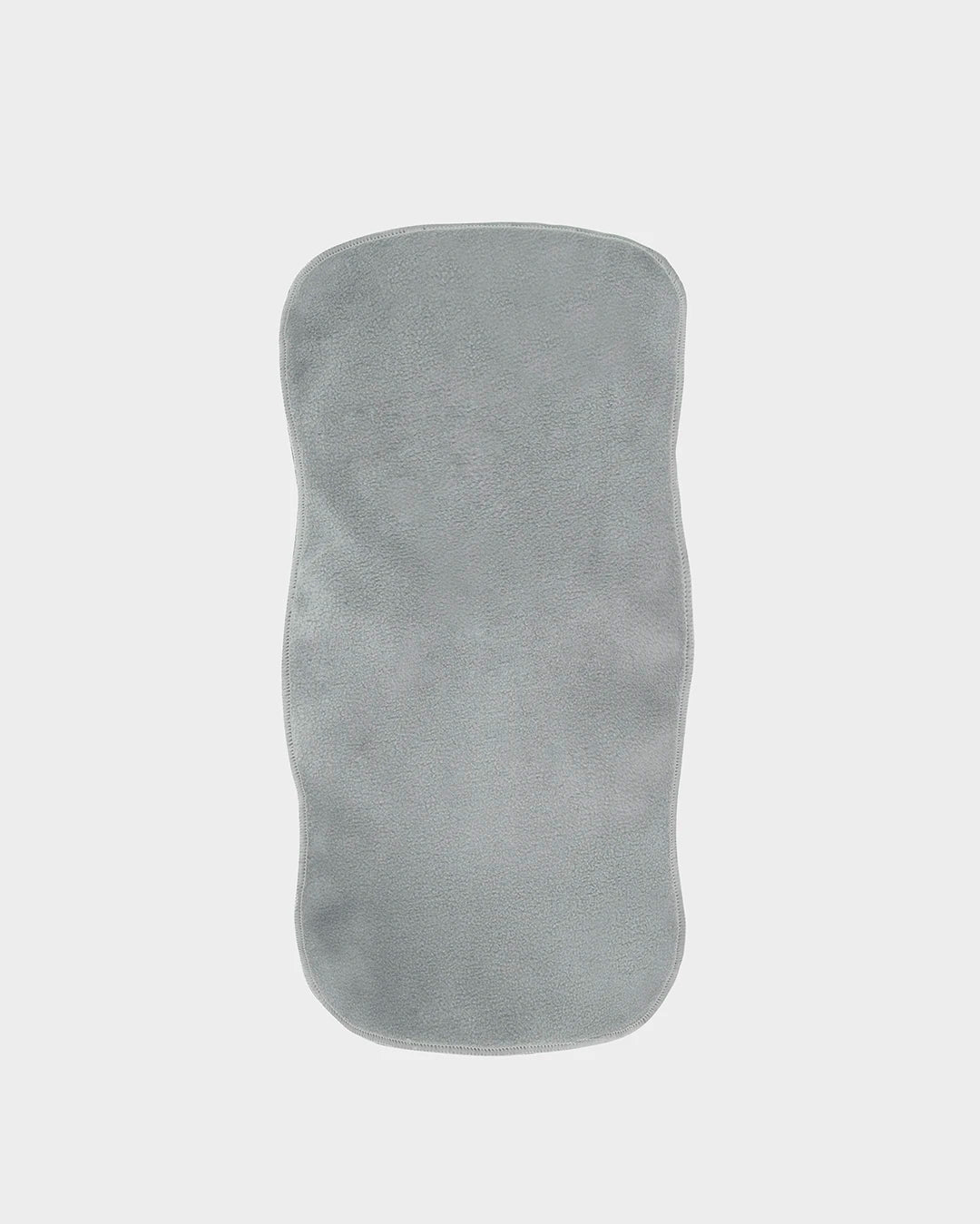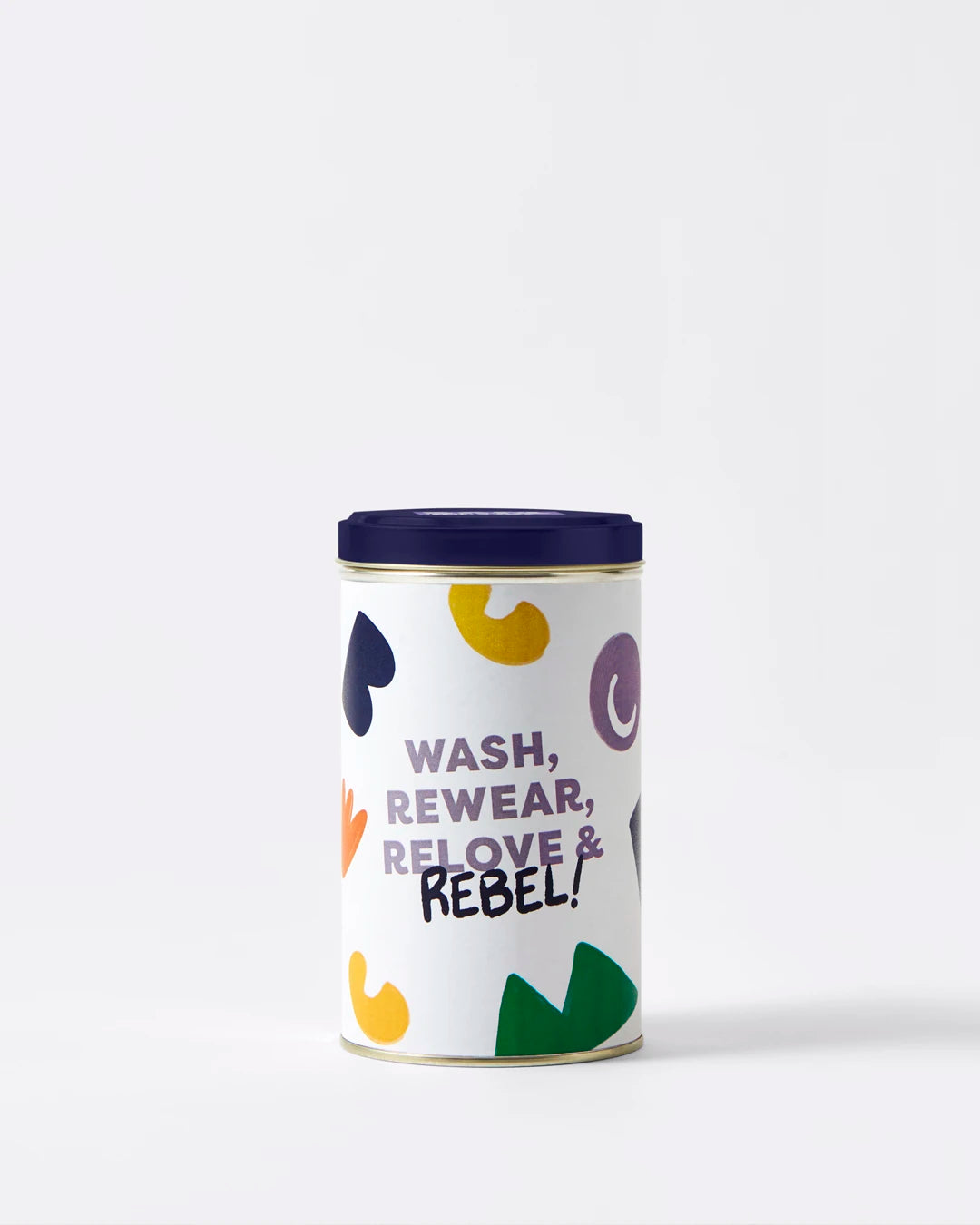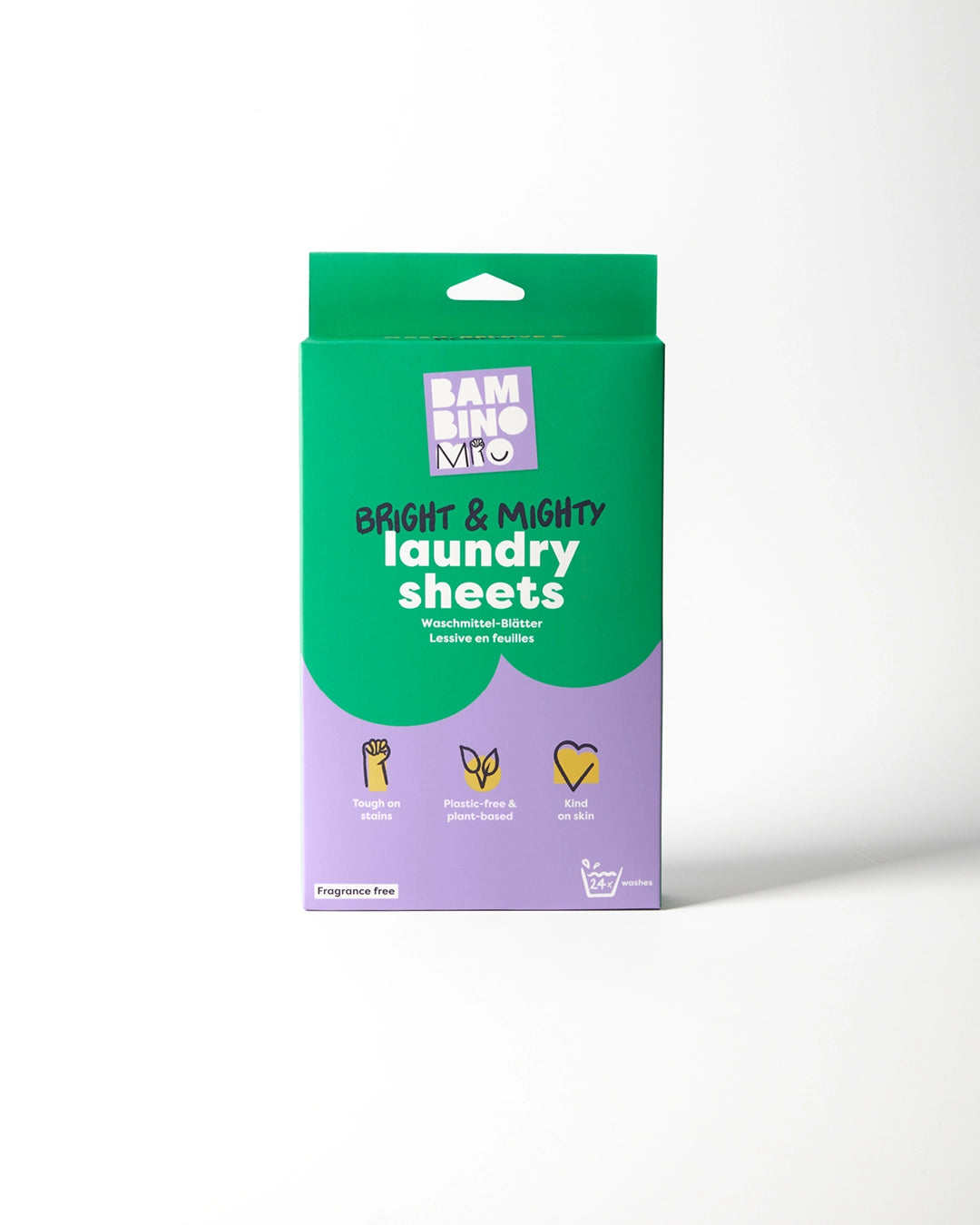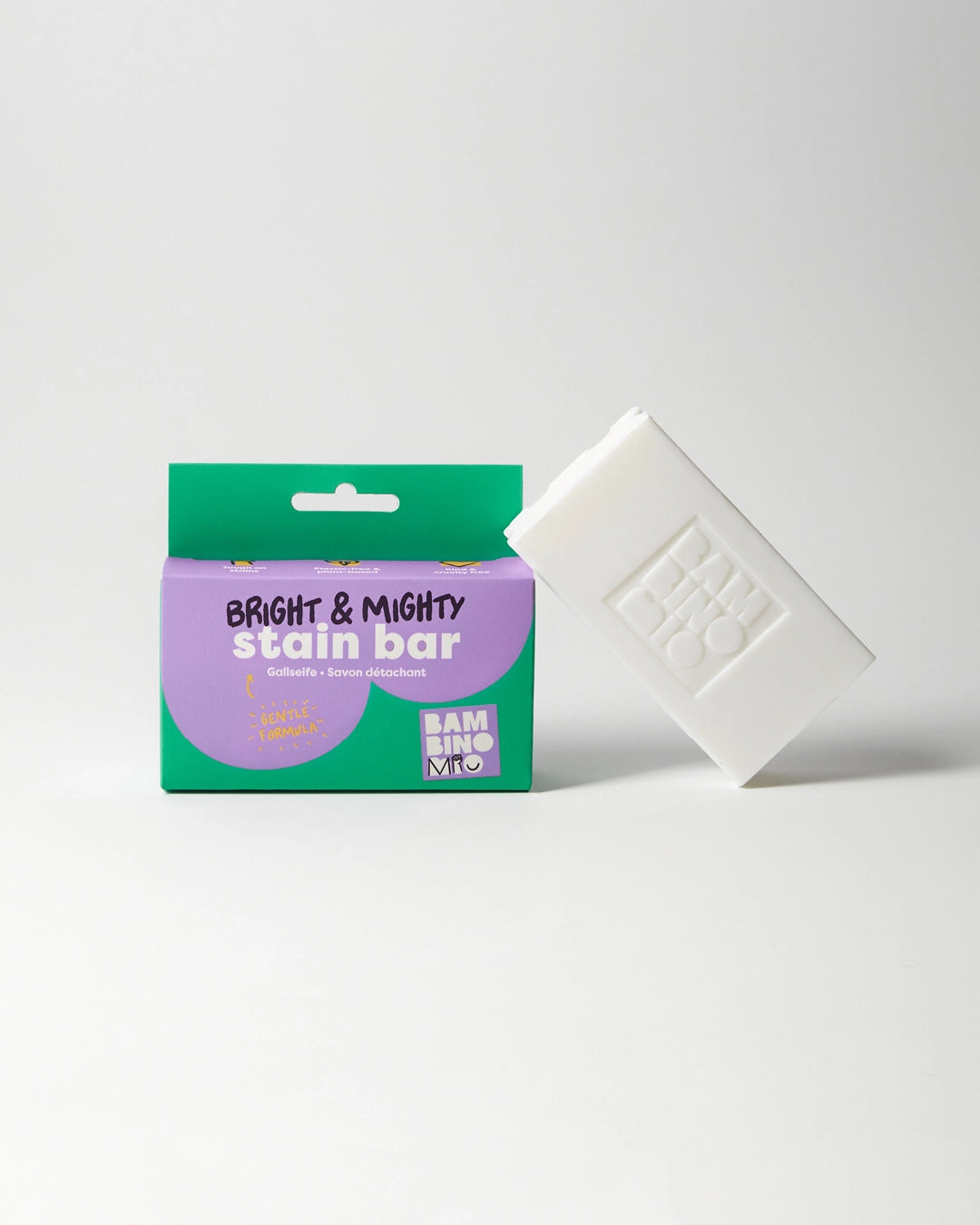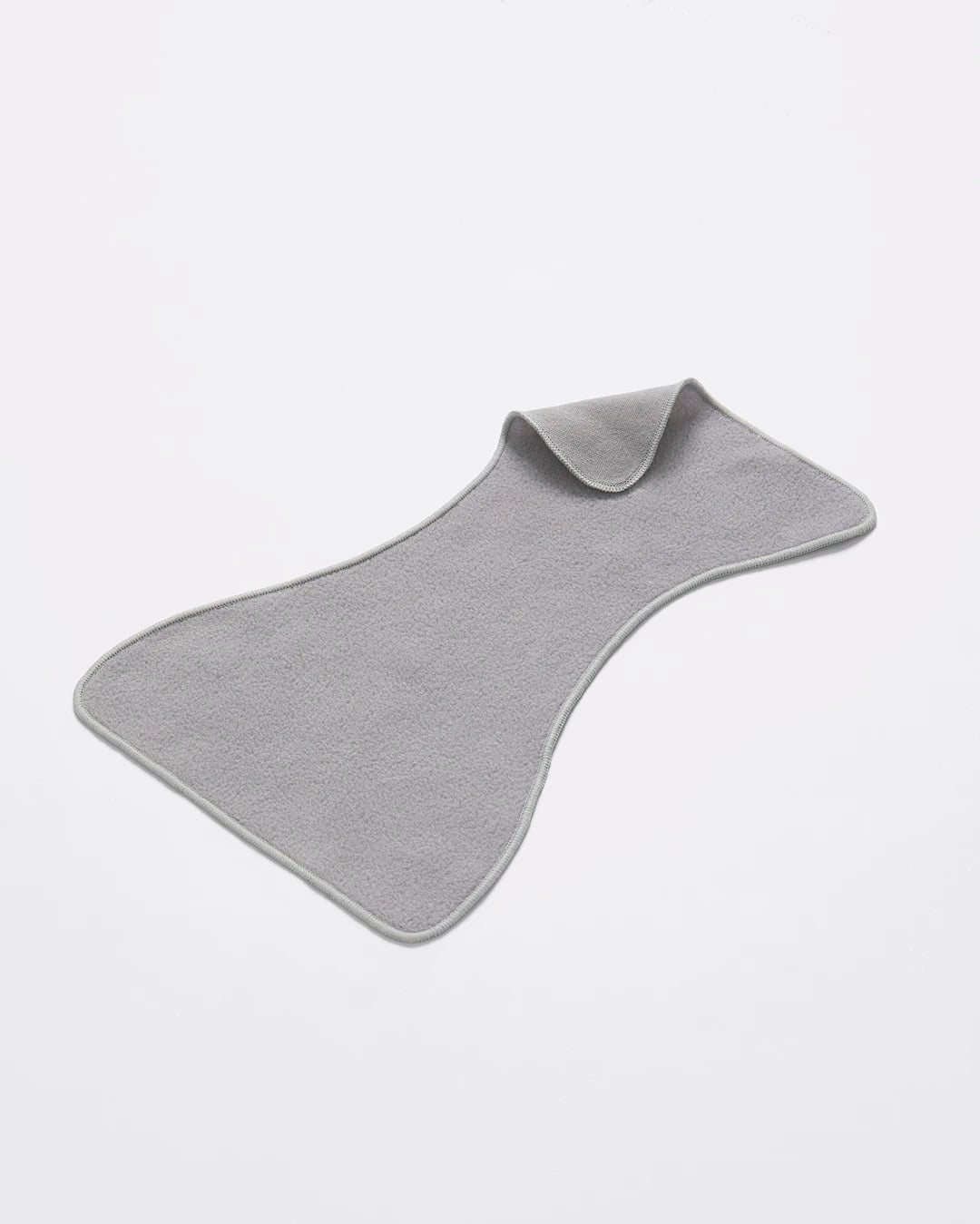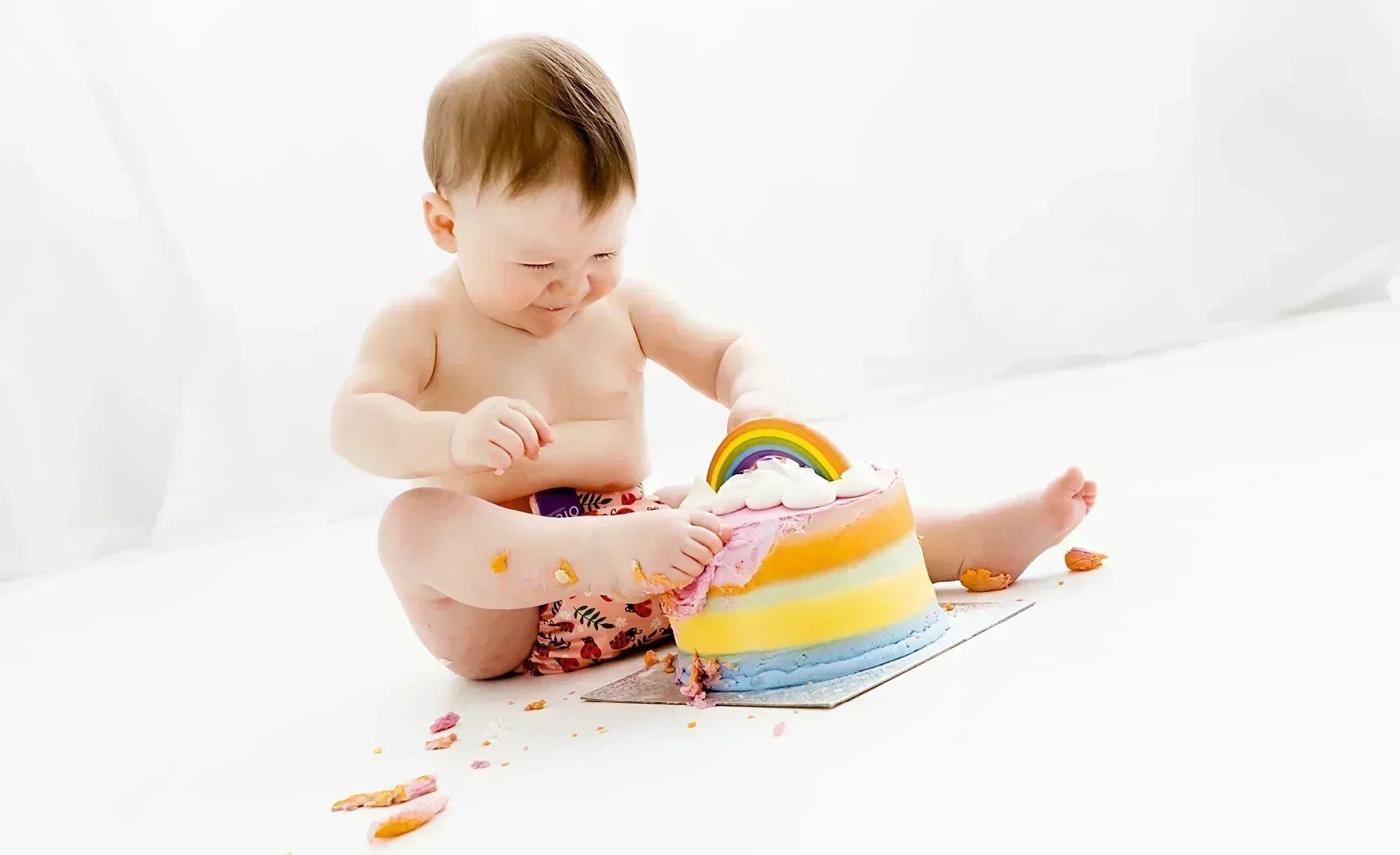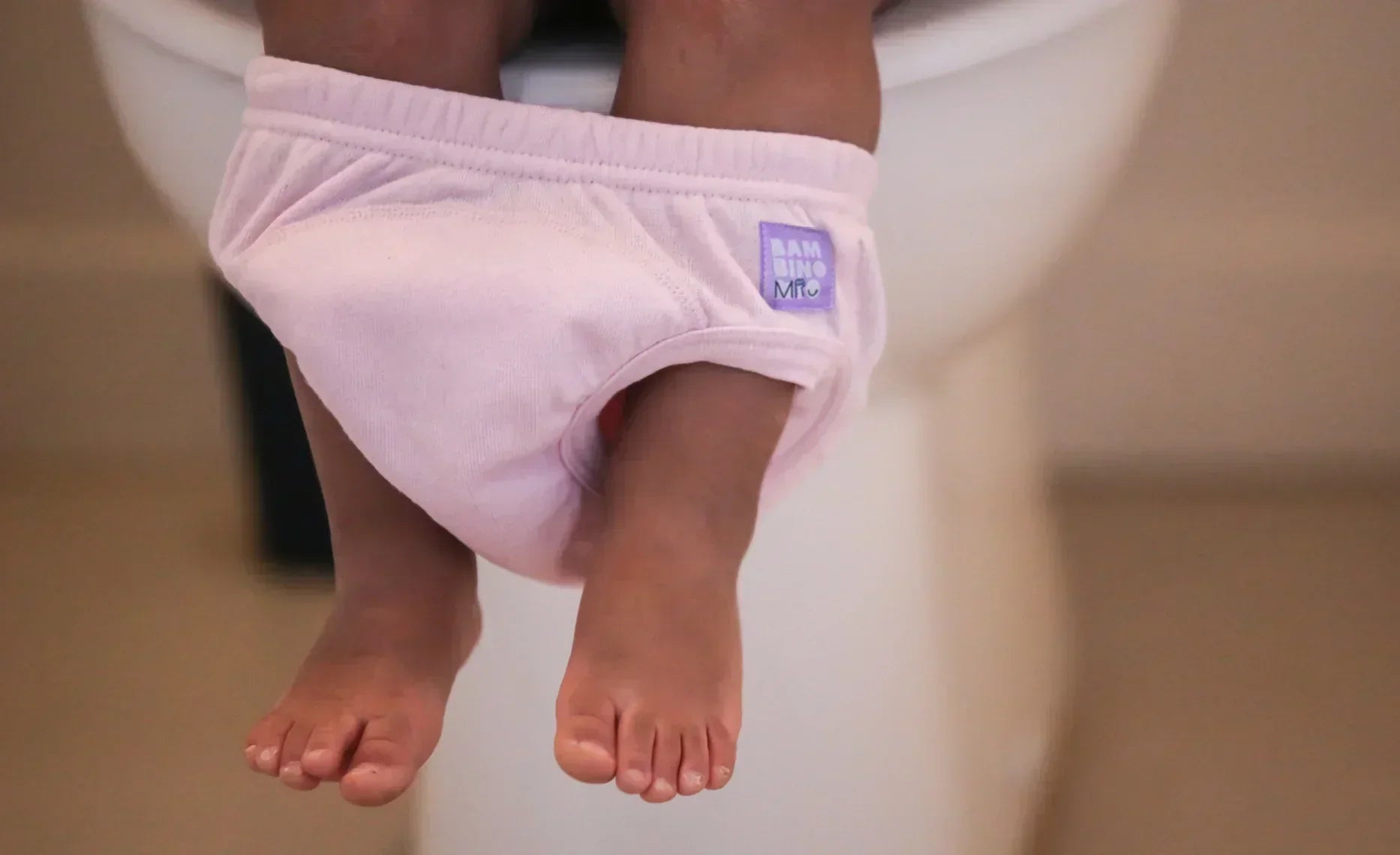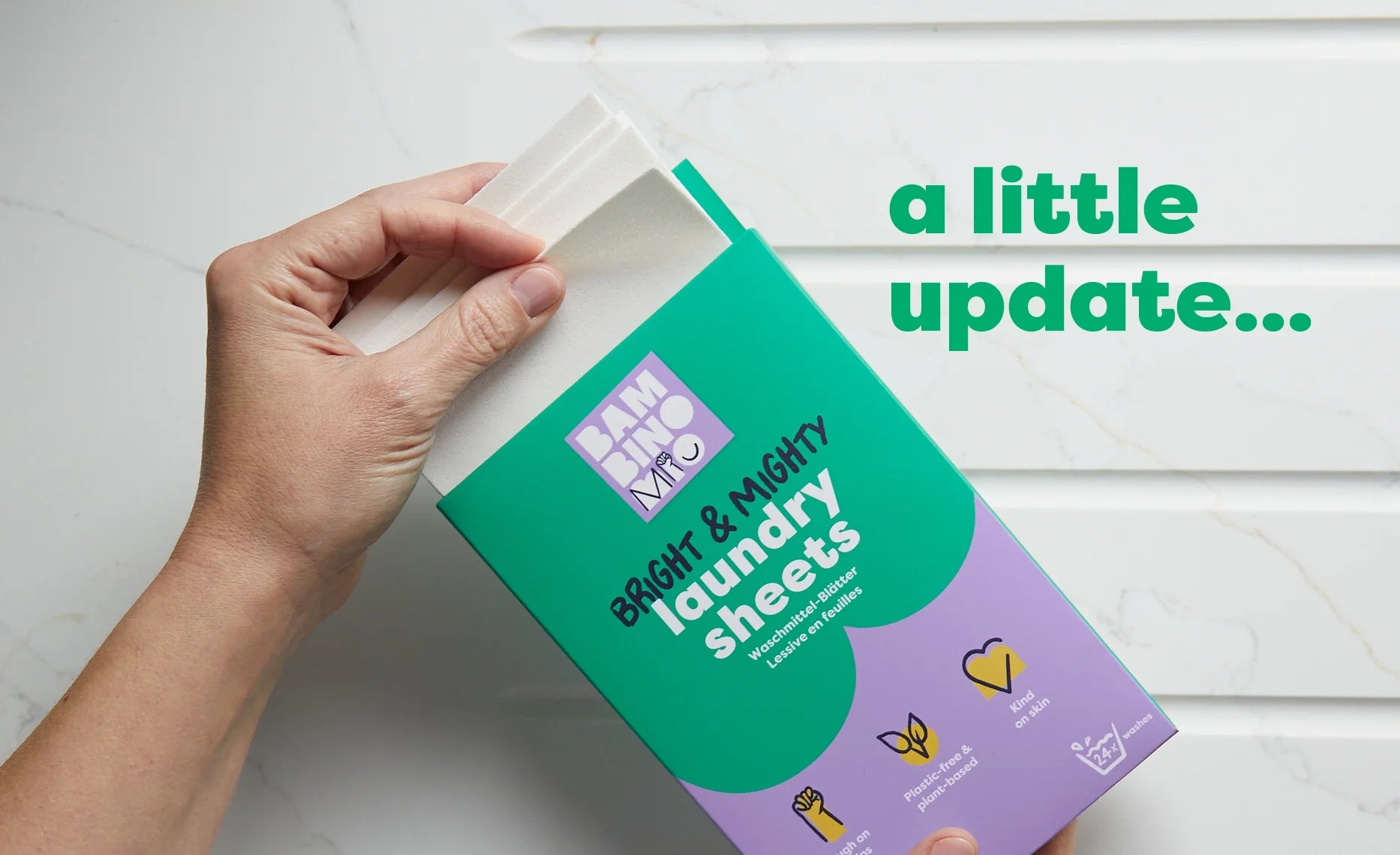Are Reusable Nappies More Likely to Cause Nappy Rash?
Share Options
- Bambino Mio
- 09 / 11 / 2023
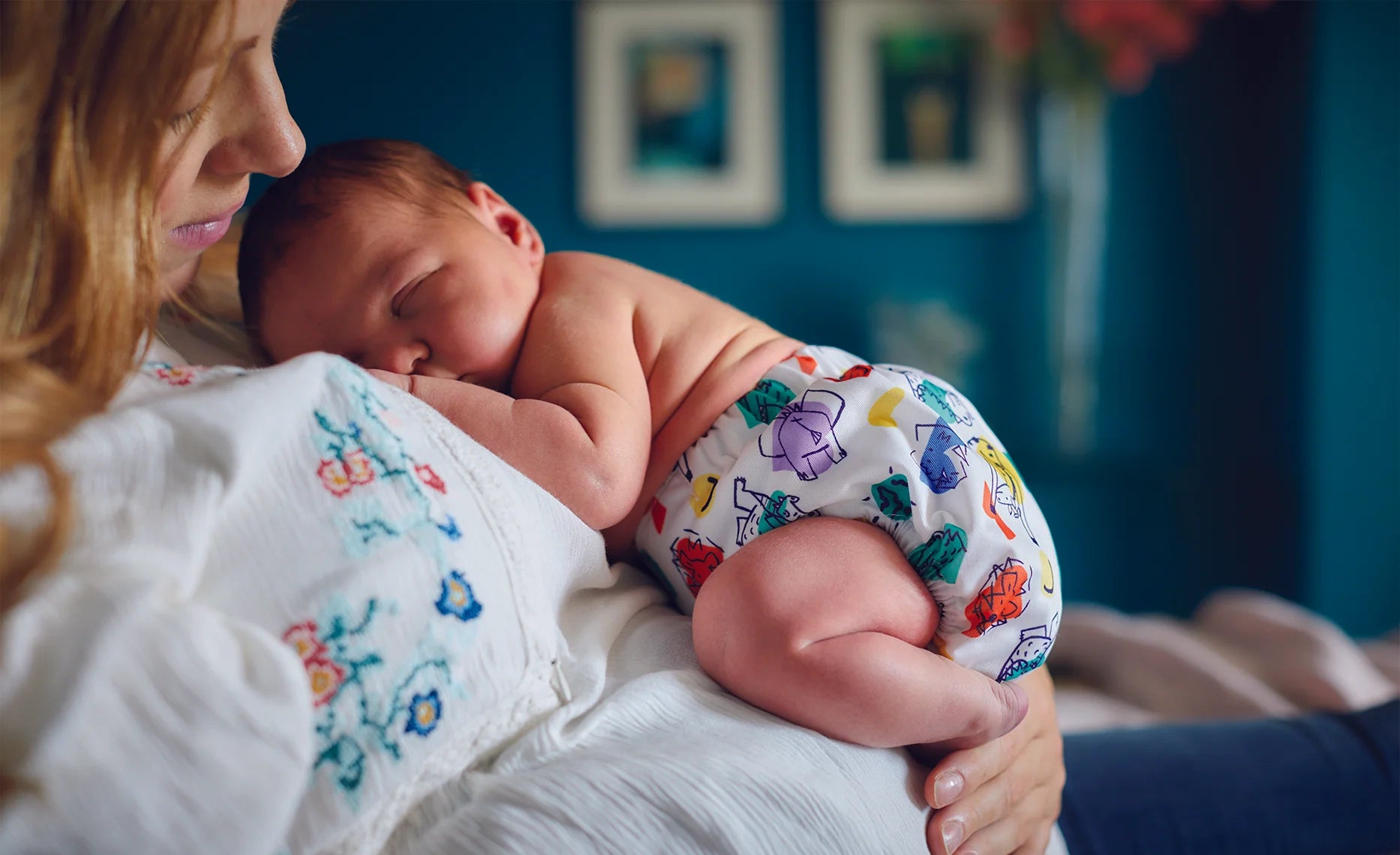
Inside this Article:
- Reusable nappies are no more likely to cause nappy rash than single-use nappies
- How can I tell if my baby has nappy rash?
- What causes nappy rash?
- Less common causes of nappy rash
- The best ways to prevent nappy rash when you’re using reuables
- Change your baby’s nappies frequently
- Use plain water for cleaning your baby’s bum
- Wash and rinse your reusable nappies thoroughly
- Use nappy liners to wick away moisture
- How to deal with nappy rash
- Give your baby some nappy-off time
- Apply barrier creams sparingly
- Citations and References
Your baby is almost certainly going to develop nappy rash (1) at some point before they’re potty trained. It just goes with the territory. You might find they only get nappy rash once or twice or your baby may be a bit more prone to it than their friends or siblings.
Whatever the cause of nappy rash with your baby is, it’s no more likely to happen with reusable nappies than it is with single-use nappies.
Reusable nappies are no more likely to cause nappy rash than single-use nappies
You might worry that using cloth nappies is going to irritate your baby’s skin more and make nappy rash more likely but this isn’t the case as reusables are no more likely than disposables to cause a rash (2).
While it’s true that reusable nappies don’t contain any of the super-absorbent gels found in single-use nappies so they won’t feel as dry on your baby’s bum, they’re not full of potentially irritating chemicals either.
Most nappy rash is caused by not changing your baby’s nappy frequently enough or soon enough after they’ve pooed (don’t beat yourself up about this - it can happen to the best of us).
How can I tell if my baby has nappy rash?
Nappy rash is usually quite obvious, as it’s a red rash on your baby’s otherwise perfect smooth bum, but here’s a quick guide to nappy rash symptoms anyway.
- Redness or blotchiness on the skin of the nappy area, often in and around creases and folds
- Tenderness of the skin - your baby might become distressed if you touch the affected areas
- Bumps or slightly raised welts
- Your baby is irritated and seems to be uncomfortable and grizzly
What causes nappy rash?
Nappy rash is mainly the result of ammonia in your baby’s urine, as well as bacteria and enzymes in their poo irritating and causing slight chemical burns to their skin.
Nappy rash has very little to do with the type of nappy you’re using as it’s usually related to what’s in the nappy, rather than what it’s made from.
If your baby’s nappy is wet and isn’t changed frequently enough, the moisture from their wee will weaken the top layer of their skin, making it softer.
In addition to this, any bacteria present will turn some of the nitrogenous compounds in the wee into ammonia, which will make your baby’s skin red and sore.
Less common causes of nappy rash
Another, somewhat less common, cause of nappy rash is thrush (3) , which is caused by an overgrowth of the yeast naturally present on your baby’s skin. Oral thrush can also pass through your baby’s digestive system into their nappy, so change your baby’s nappy immediately after a poo.
Your baby might also have an allergy to some products (4), such as nappy cream, a bath foam or to the detergents you use to wash your nappies and liners.
It’s also possible that your baby has a food allergy (5) and that traces of these foods are present in their wee and poo, which irritates their skin.
The best ways to prevent nappy rash when you’re using reuables
Although reusable nappies don’t cause nappy rash any more than disposables, you can reduce the risk further by following these tips.
Change your baby’s nappies frequently
You should check your newborn’s nappy for wetness every hour and your older baby’s nappy every two hours so that their skin stays dry and there’s not much chance of ammonia building up.
It’s especially important to watch out (or smell) for poo, as the bacteria in poo will rapidly produce ammonia which is the main culprit in nappy rash.
Using a very absorbent or moisture-wicking nappy liner helps to remove moisture from your baby’s skin.
Use plain water for cleaning your baby’s bum
Many disposable wipes have detergents, fragrances and even alcohol in them and this can irritate your baby’s skin, making it more prone to nappy rash.
Reusable wipes, moistened with plain water, are all your baby needs to clean their skin when they’re tiny. For a poonami scenario, you might need to give your baby a quick dip in the bath.
Wash and rinse your reusable nappies thoroughly
Ideally, you should wash your nappy bundle at least every two days to prevent bacteria from producing too much ammonia and also to stop them building up in the fabric.
A long wash at 40C is all your nappies need, with a pre wash and an extra rinse at the end to make sure all the detergent is gone.
Use nappy liners to wick away moisture
A booster or liner is a good idea, especially if your baby is a heavy wetter, as it’ll wick away urine from your baby’s skin and into the absorbent core of the nappy.
How to deal with nappy rash
If your baby does develop nappy rash, then you can usually treat it at home and make them more comfortable.
Give your baby some nappy-off time
Occasionally, put your baby on a waterproof playmat after you remove their dirty nappy to let their skin breathe.
This gives the skin time to dry out after a nappy change and also lets it have some relief from the irritating rubbing and heat inside of a nappy.
You should do this for a few minutes every day whether your baby has nappy rash or not because it can help to prevent any soreness and your baby will love it!
Just leave them to kick about on a waterproof mat after you’ve cleaned their nappy area so that some air gets to it. As well as giving your baby some relief from wearing a nappy, going naked will help their skin to heal faster.
Apply barrier creams sparingly
A thick layer of nappy cream might seem to be the answer to nappy rash, but it can backfire. If it’s too thick it’ll rub off onto their liner and nappy, reducing their wicking and absorbing power, leaving more wetness against your baby’s sore skin.
Make sure you only use a small amount of nappy cream and that it “sinks in” well before putting on a fresh nappy.
Nappy rash should improve within two or three days once you start treating it. If your baby’s nappy rash doesn’t improve or seems to be worsening, call your GP or health visitor as there may be another reason for the soreness.
Citations and References
(1) National Health Service (NHS). ‘Caring for a Newborn Baby. Nappy Rash.’ 2023. Web. www.nhs.uk/conditions/baby/caring-for-a-newborn/nappy-rash
(2) National Institutes of Health. National Library of Medicine. ‘Getting to the Bottom of Nappy Rash. ALSPAC Survey Team. Avon Longitudinal Study of Pregnancy and Childhood.’ 1997. Web. www.ncbi.nlm.nih.gov/pmc/articles/PMC1313078
(3) National Health Service (NHS). ‘Health A to Z. Oral Thrush (Mouth Thrush).’ 2023. Web. www.nhs.uk/conditions/oral-thrush-mouth-thrush
(4) National Health Service (NHS). ‘Health A to Z. Contact Dermatitis.’ 2023. Web. www.nhs.uk/conditions/contact-dermatitis
(5) National Health Service (NHS). ‘Food Allergies in Babies and Young Children.’ 2021. Web. www.nhs.uk/conditions/baby/weaning-and-feeding/food-allergies-in-babies-and-young-children


